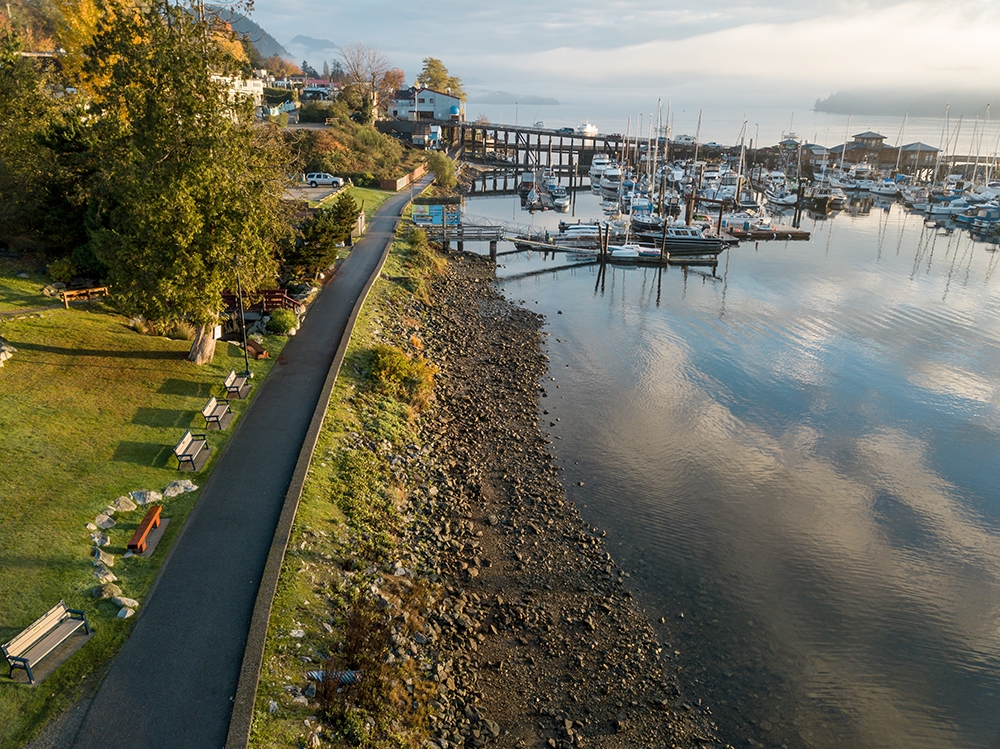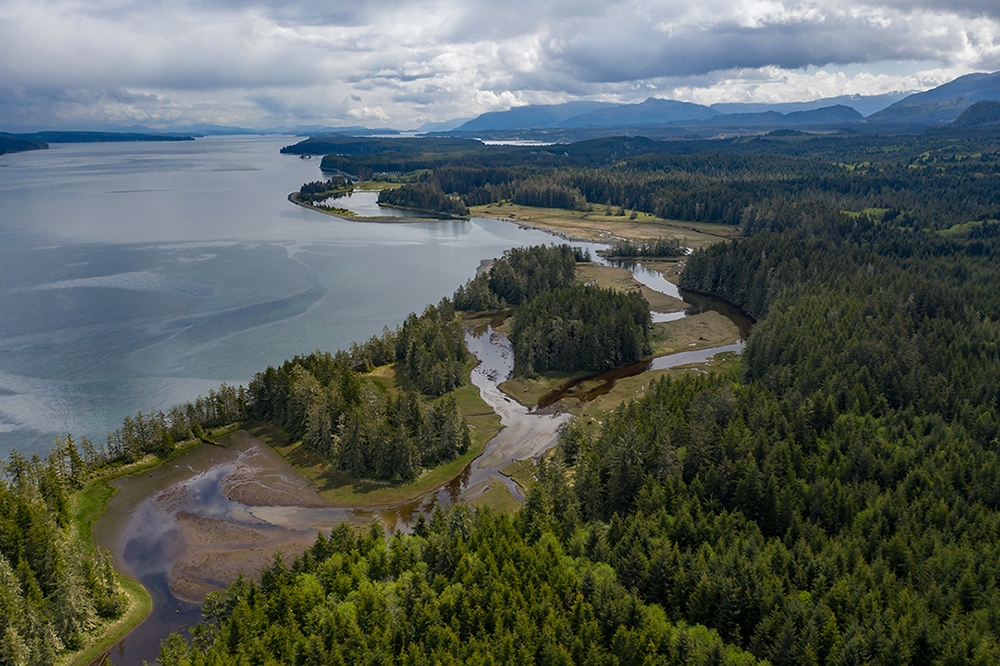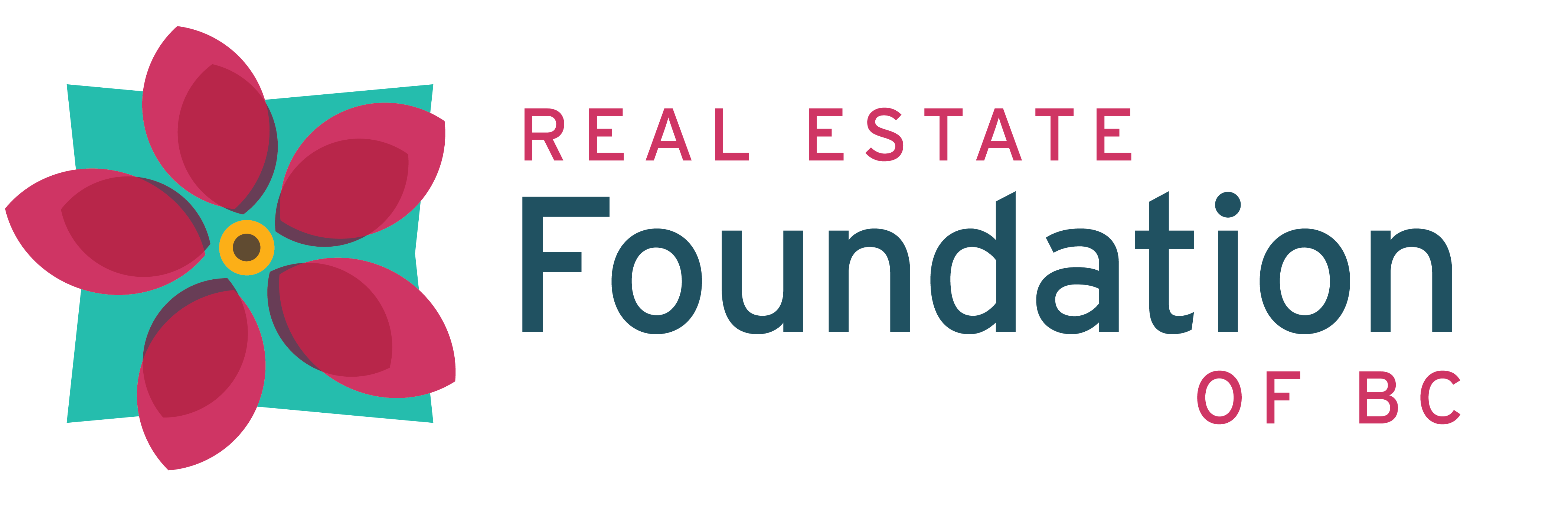Bracing for "Unknown Unknowns"
With the end of a ravaging summer, coastal communities continue preparing themselves for a future of more droughts, floods, and extreme weather events.
After a roller coaster of a year, the thought that seems to be lurking is: How the heck are we going to handle this?
From wildfires and droughts to record-setting weather events, summer 2021 seems to have done what scientists, environmentalists, and concerned citizens have been trying to do for decades: demonstrate that climate change is real and here.
“I’m getting phone calls and emails every day from residents about there being no water in Charman and Gibson Creeks,” shares Michelle Lewis, natural asset technician for the Town of Gibsons. “Yes, it's alarming because it's happening earlier in the year, but this happens every year. This is not a new thing for the creek, but people are noticing it now because they're paying attention.”
For some coastal communities and Nations, this summer revealed the rationale for the work they’ve already started doing to insulate their communities from climate impacts.
Natural Assets Boost Resilience
The Town of Gibsons has been advancing the inclusion of natural assets in management decisions, first through the Coastal Resilience Project, and now through the Source to Sea Project (funded by the Healthy Watersheds Initiative).
Michelle’s role is to assess how natural features (or “assets”) in Gibsons perform a civil function to protect the community from climate change threats, such as flooding, fires, and erosion. To do this, Michelle’s team is building models that will show how natural assets stand up to combinations of climate and development impacts, like forest fires, drought, and urban densification.
“We're shifting to looking at things that we never would have contemplated before,” shares Michelle. “It's not a dress rehearsal and we need to start thinking about things that are so far out there that we didn't think we had to think about five or 10 years ago because the scenarios are changing so rapidly.”

The ponds in White Tower Park act as a natural stormwater management system.
(Photo: Town of Gibsons)
The goal is to use this information to inform management decisions. “When we do an evaluation, say of the forest,” Michelle describes, “we’ll ask: if we didn’t have that forest, what would it cost the municipality to build the infrastructure required to perform the function that the forest would have provided for us versus just managing it?”
“It's not a dress rehearsal and we need to start thinking about things that are so far out there that we didn't think we had to think about five or 10 years ago because the scenarios are changing so rapidly.”
Michelle Lewis, Town of Gibsons
By comparing those costs, Gibsons is in a better position to make informed decisions that are more conducive to their limited financial resources.
Currently, municipalities aren’t permitted to formally include natural assets in their financial reporting. The Town of Gibsons, with the support of the Municipal Natural Assets Initiative and other municipalities, is pushing for the provincial government to allow it. “If we had to build an additional stormwater culvert into our current system, it would cost us $4 million but to build a stormwater detention pond to deal with that water is $1 million. So, there's an economic and financial case that we have saying this is a much cheaper alternative.”

The Town of Gibsons’ seawalk.
(Photo: Town of Gibsons.)
While the Source to Sea project isn’t modelling scenarios that aren’t considered within the realm of possibility, such as cutting down all the trees on Mt. Elphinstone, they are forecasting how the climate crisis and extreme weather events will factor in.
“When I say that it's not feasible for us to cut down all the trees on Mt. Elphinstone, what if all the trees burn on Mt. Elphinstone? Then it takes a long time to regenerate. What does that look like for erosion and so on? These things, the previously unfeasible things are becoming more feasible. It's complex work and it's kind of exhausting because it's hard to think about things that you don't know – the unknown unknowns. That's been my theme for this week. We're really talking about the unknown unknowns.”
The Role of Estuary Ecosystems
Further up the strait on the north coast of Vancouver Island, Sherri Labour, Lands and Resource Manager for Kwakiutl First Nation, explains how climate change is adding to a situation that was already dire.
“Our Territory is in a temperate rainforest, but if you moved here in 2018, you would not have witnessed that type of climate. In 2019, forestry reported 66 fires on North Island. Prior to 2019, the highest number of fires reported in one year in this district was five.”
Kwakiutl First Nation is undertaking several restoration projects, one of them at Dtlaxsiwè (Cluxewe) Saltwater Marsh/Estuary, described in English by Kwakiutl Elders as a “supernatural area” that is a culturally significant village site for the Nation.

Dtlaxsiwè estuary.
(Photo: The Nature Trust of British Columbia.)
“It provides not only the food and material sustenance required, but also the spiritual and metaphysical connections required for Kwakiutl members’ wellbeing,” Sherri describes.
The Dtlaxsiwè estuary is bounded by the Pacific Ocean on the one side and the Cluxewe River on the other. A recent assessment, however, determined that a portion of Dtlaxsiwè would be under water in 50 years due to the threats from both bodies of water – foreshore storm action and sea level rise on the one side, and flash flooding from the other. These threats are further complicated by the impacts of forestry clearcutting in the watershed.
“The current ‘buffers’, as required by current forestry legislation, are supposed to provide adequate protection for our streams and watersheds, but are inadequate to current weather and climate situation,” Sherri described. “They do not protect against current strength and frequency of storms. Winds are much stronger than have ever been witnessed by Kwakiutl Knowledge Keepers, and storms much more frequent. This contributes to shoreline and watershed erosion/changes, putting infrastructure at risk.”
Membership concerns over ongoing, long-term impacts from development on their Territory, combined with an un-honoured treaty dating back 170 years and legal battles that were successful on paper, prompted Kwakiutl to take matters into their own hands.
“Our homes, economic development, food security, history, and culture are all being impacted,” Sherri says. “Development is being carried out without our consent, engagement, or often, even consultation or notification. No relationship or participation in activities impacting our every day lives in very negative ways.”
Healthy Watersheds Initiative funding is supporting Kwakiutl to assess conditions, develop recommendations, and perform some of the work needed to protect this watershed, including helping to get Kwakiutl A’axsila (Caretakers in Kwak’wala) out with professional fisheries biologists to examine and evaluate existing conditions.
“It’s helping us to get impacts that our members have been witnessing for decades on the record,” Sherri says.
The subsequent analysis and assessment will assist in creating recommendations for action that will support the work of leadership fighting for better protection of their watersheds. “We cannot manage what we do not know or understand,” explains Sherri. “Kwakiutl Indigenous Knowledge has been calling for these issues to be addressed for a long time.”
Since Kwakiutl started engaging and sharing the importance and urgency of these impacts - and gaining strength - they’ve watched forestry operators speed up activities in the watershed.

As communities work tirelessly to build resiliency against present and impending climate impacts, one notion becomes ever apparent: We must overhaul how we interact with and treat nature. Collaboration, reciprocity, and respect for the laws of nature are how we will weather these storms.
To learn more about other HWI-funded community projects preparing for challenging years ahead, check out our Projects page.






